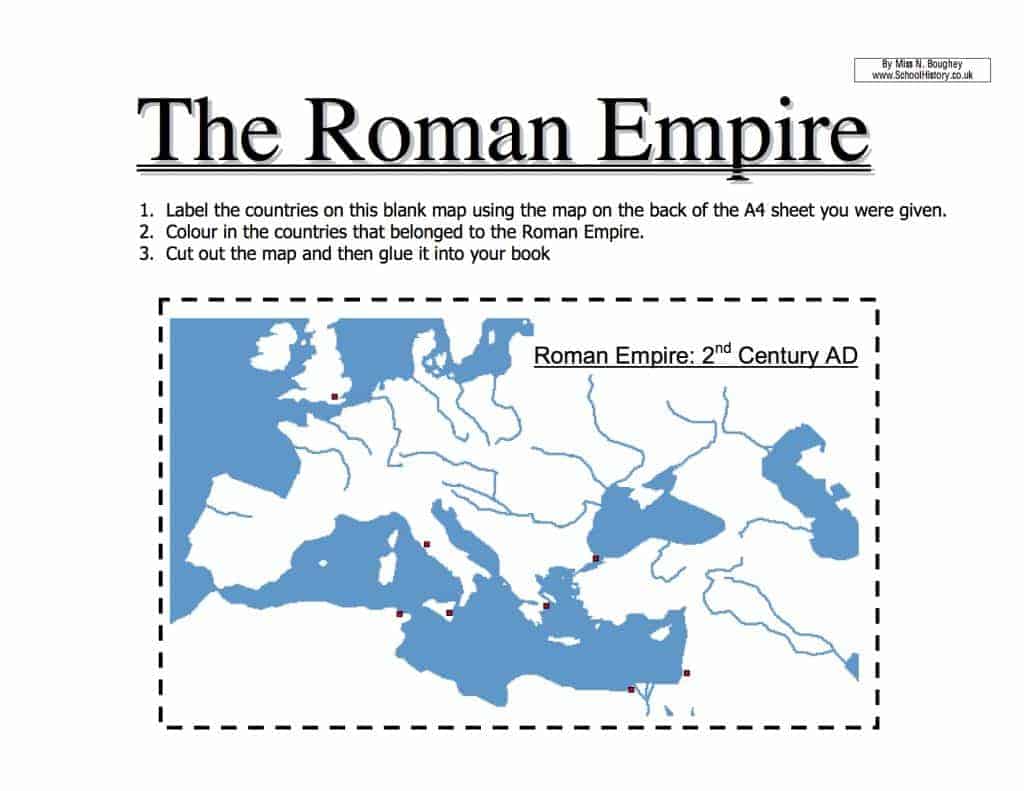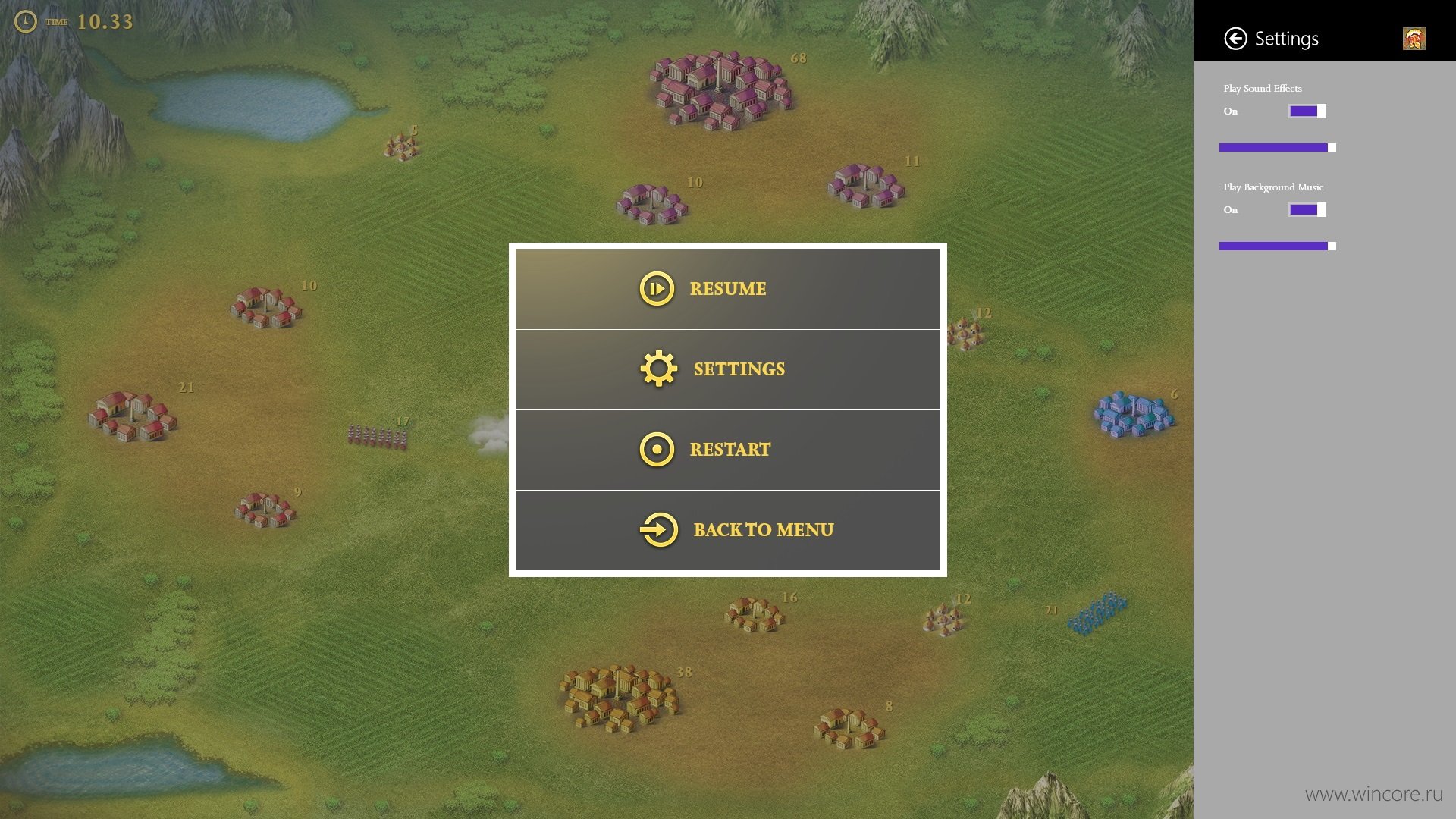


This style is sometimes categorised as part of the " old-style" of serif fonts (from before the eighteenth century). The roman style of Plantin was loosely based on a metal type created in the late sixteenth century by the French artisan Robert Granjon and preserved in the collection of the Plantin-Moretus Museum of Antwerp. Compared to Baskerville and Perpetua, the x-height is a larger proportion of the type height. Times is most based on Plantin, but with the letters made taller and its appearance "modernised" by adding eighteenth- and nineteenth-century influences, in particular enhancing the stroke contrast. The paper subsequently has switched typefaces five times between 19 to different variants of the original due to new production techniques and a format change from broadsheet to tabloid in 2004.Ī digitisation of Times New Roman below the three typefaces originally considered as a basis for the Times project: Perpetua, Baskerville and Plantin. The Times stayed with the original Times New Roman for 40 years. Roman type has roots in Italian printing of the late 15th and early 16th centuries, but Times New Roman's design has no connection to Rome or to the Romans. In Times New Roman's name, Roman is a reference to the regular or roman style (sometimes also called Antiqua), the first part of the Times New Roman family to be designed. After one year, the design was released for commercial sale. The new design made its debut in The Times on 3 October 1932. The main change was that the contrast between strokes was enhanced to give a crisper image. Morison proposed an older Monotype typeface named Plantin as a basis for the design, and Times New Roman mostly matches Plantin's dimensions. This matched a common trend in printing tastes of the period.

It has become one of the most popular typefaces of all time and is installed on most personal computers.Īsked to advise on a redesign, Morison recommended that The Times change their text typeface from a spindly nineteenth-century face to a more robust, solid design, returning to traditions of printing from the eighteenth century and before. It was commissioned by the British newspaper The Times in 1931 and conceived by Stanley Morison, the artistic adviser to the British branch of the printing equipment company Monotype, in collaboration with Victor Lardent, a lettering artist in The Times's advertising department.


 0 kommentar(er)
0 kommentar(er)
